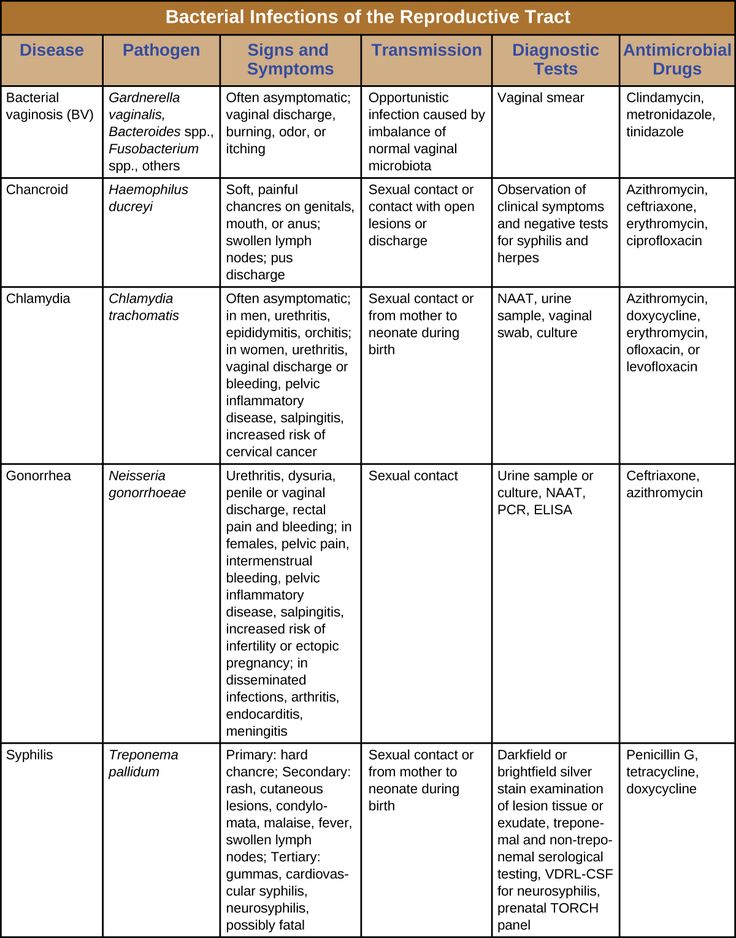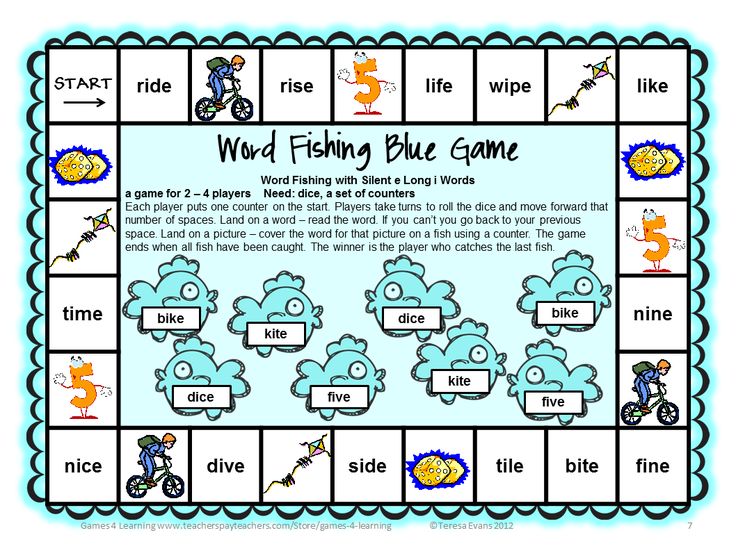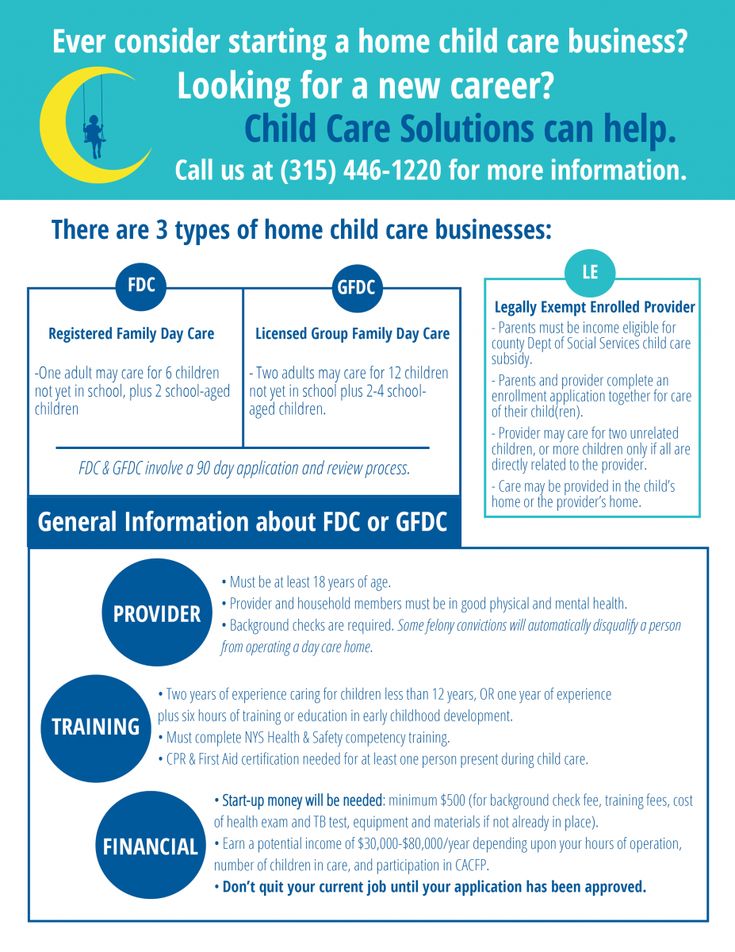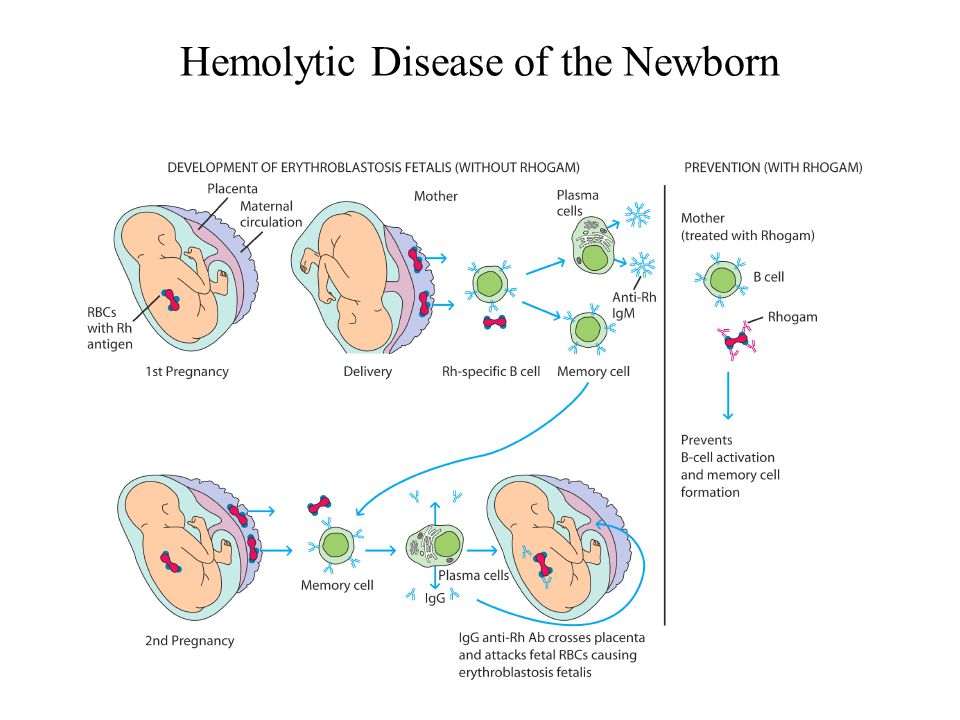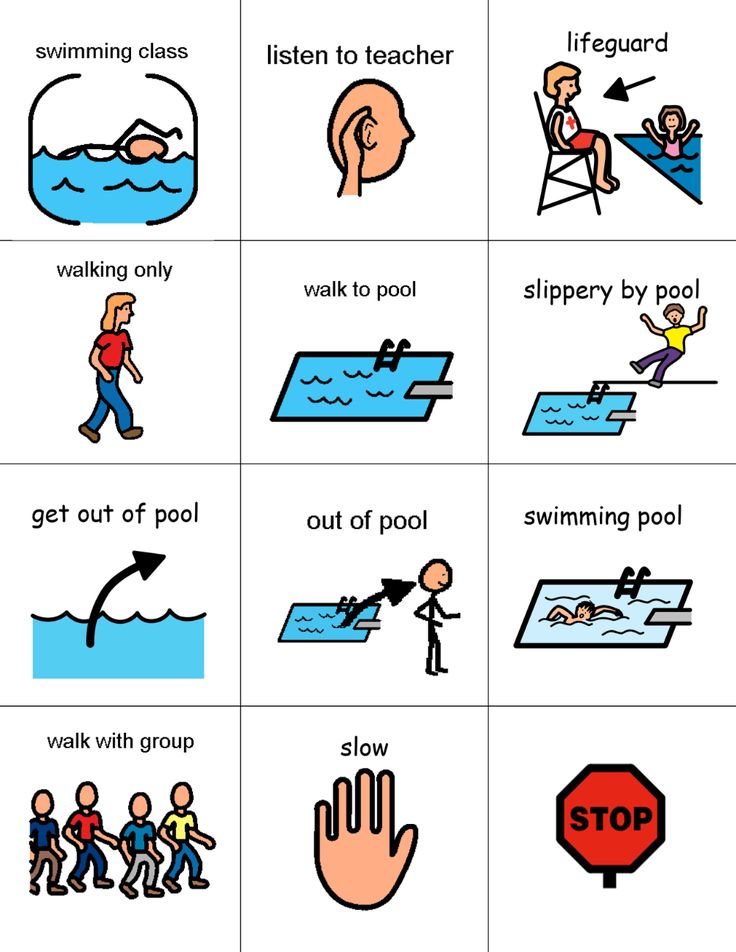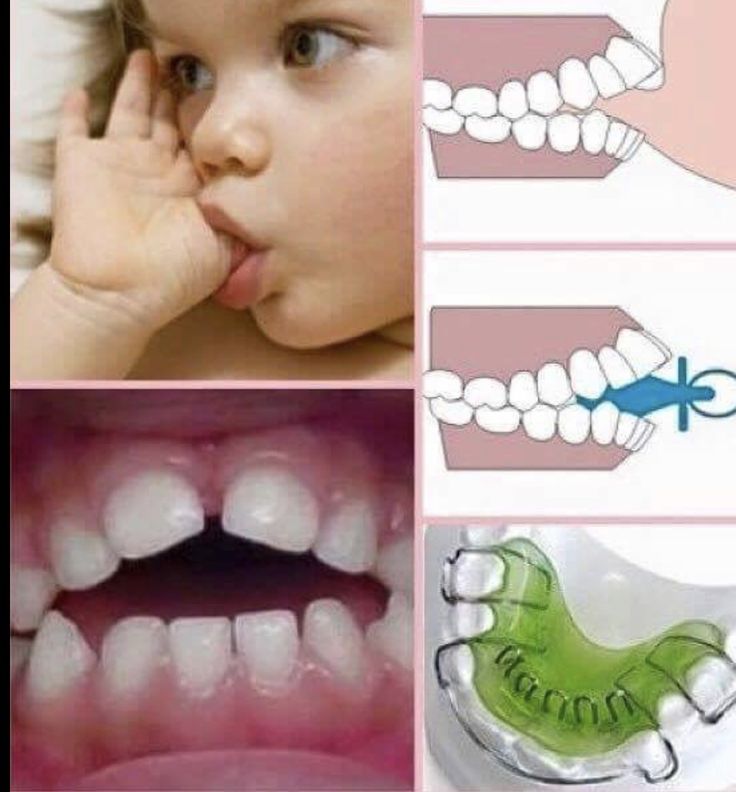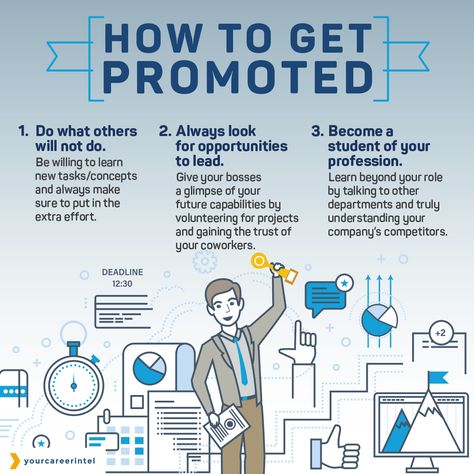How to improve the memory power of a child
How to Improve Working Memory in Kids
Does your child have a hard time keeping one bit of information in mind while doing something else? For example, you’re making spaghetti together, and your child’s in charge of the sauce. But your child leaves to answer a text and forgets to come back and stir. Working memory challenges can cause trouble with tasks like these.
Working memory refers to how we hold on to and work with information that short-term memory stores. (In the past, the term working memory was used interchangeably with short-term memory.) It’s part of a group of skills called executive function.
Explore related topics
Strategies and tips
Kids use working memory all the time to learn. It’s needed for things like following multi-step directions or solving a math problem in your head. You can help your child improve working memory by building simple strategies into everyday life.
1. Work on visualization skills.
Encourage kids to create a picture in their mind of what they’ve just read or heard. For example, say you’ve asked your child to set the table for five people. Have your child imagine what the table should look like, and then draw it. As kids get better at visualizing, they can describe the image instead of drawing it.
2. Have your child teach you.
Being able to explain how to do something involves making sense of information and mentally filing it. Maybe your child is learning a skill, like how to dribble a basketball. Ask your child to teach you this skill. Teachers do something similar by pairing up students in class. This lets them start working with the information right away rather than waiting to be called on.
3. Try games that use visual memory.
There are lots of matching games that can help kids work on visual memory, like the classic game Concentration (or Memory). You can also do things like give kids a magazine page and ask them to circle all instances of the word the or the letter a.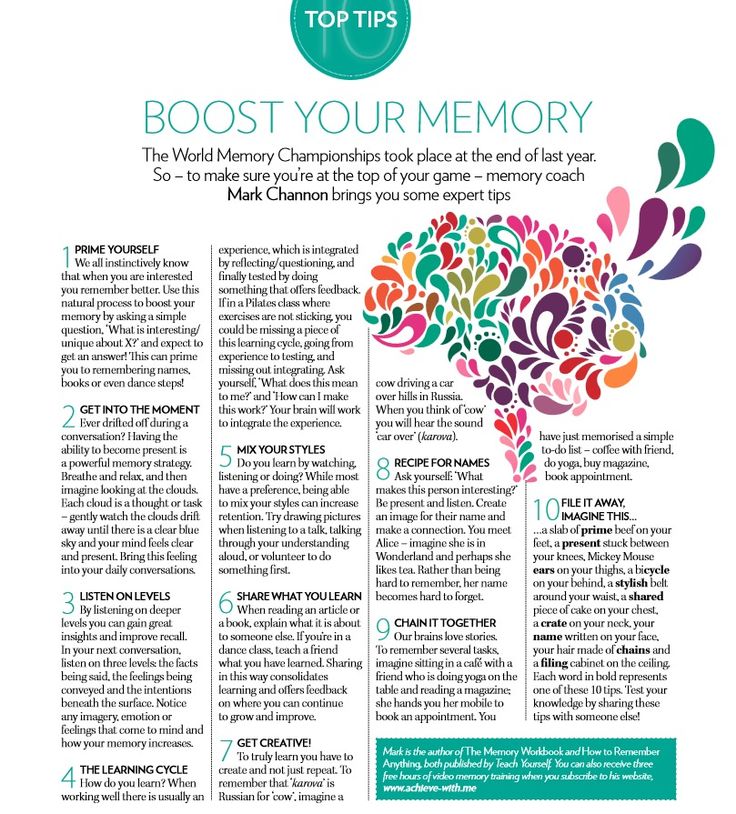 License plates can also be a lot of fun. Take turns reciting the letters and numbers on a license plate and then saying them backwards, too.
License plates can also be a lot of fun. Take turns reciting the letters and numbers on a license plate and then saying them backwards, too.
4. Play cards.
Simple card games like Crazy Eights, Uno, Go Fish, and War can improve working memory in two ways. Kids have to keep the rules of the game in mind. They also have to remember what cards they have and which ones other people have played.
5. Encourage active reading.
There’s a reason highlighters and sticky notes are so popular: Jotting down notes and underlining or highlighting text can help kids keep the information in mind long enough to answer questions about it. Talking out loud and asking questions about the reading material can also help with working memory. Active reading strategies like these can help with forming long-term memories, too.
6. Chunk information into smaller bites.
Ever wonder why phone numbers and social security numbers have hyphens in them? Because it’s easier to remember a few small groups of numbers than it is to remember one long string of numbers.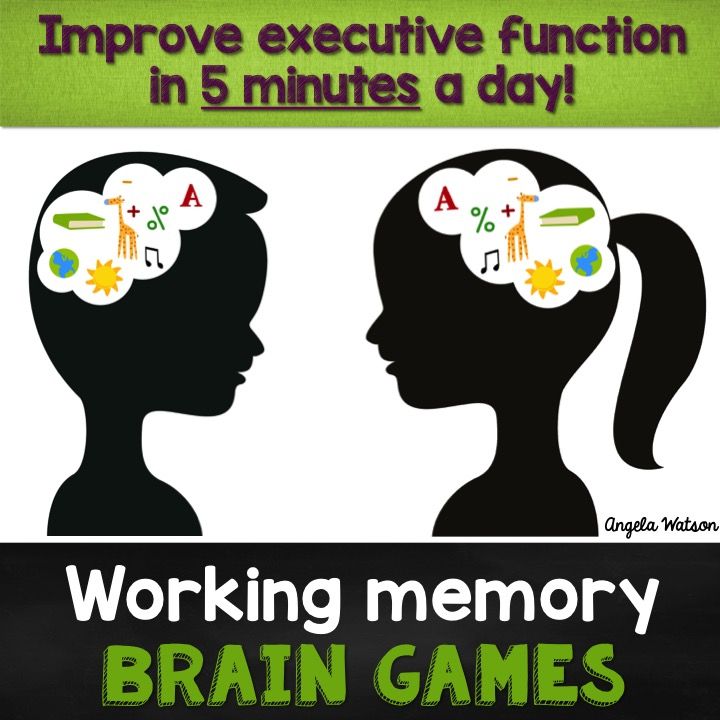 Keep this in mind when you need to give your child multi-step directions. Write them down or give them one at a time. You can also use graphic organizers to help break writing assignments into smaller pieces.
Keep this in mind when you need to give your child multi-step directions. Write them down or give them one at a time. You can also use graphic organizers to help break writing assignments into smaller pieces.
7. Make it multisensory.
Using multiple senses to process information can help with working memory and long-term memory. Write tasks down so your child can look at them. Say them out loud so your child can hear them. Walk through the house as you discuss the family chores your child needs to complete. Using multisensory strategies can help kids keep information in mind long enough to use it.
8. Help make connections.
Help your child form associations that connect different details and make them more memorable. One way is to grab your child’s interest with fun mnemonics. (For instance, the made-up name “Roy G. Biv” can help kids remember the order of the colors in the rainbow — red, orange, yellow, and so on.) Finding ways to connect information helps with forming and retrieving long-term memory. It also helps with working memory, which is what we use to hold and compare new and old memories.
It also helps with working memory, which is what we use to hold and compare new and old memories.
Memory-boosting tricks and games are just some of the ways to help your child build executive functioning skills. And see how trouble with these skills can affect a child’s daily life.
Key takeaways
Teaching kids ways to visualize thoughts can help improve their working memory.
Card games and other fun activities can help build working memory.
Finding ways to connect information can help your child with long-term memory as well as working memory.
Related topics
Strategies and tips
11 Ways To Improve Kids’ Memory Power
Memory is an important part of building a solid foundation for learning, both in the classroom and beyond. Having a great memory can help your child do better in school, perform well on tests, and achieve better grades.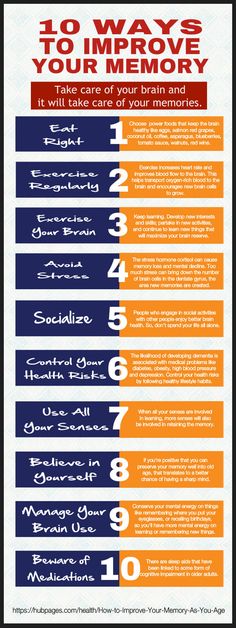
But sharp memory skills aren’t something that people are born with—these skills develop and improve the more they are used. Like any other skill, practice makes perfect.
In order to become a master of memory, it’s important to make sure your child is regularly working his or her memorization muscles.
Improving Working Memory For Students
An effective memory breaks down into two parts:
- Short-term memory
- Long-term memory
Short-term memory helps students process and recall new information so they can tackle the task at hand.
This information is transferred to a student’s long-term memory, where it helps him or her develop a deeper understanding of a topic.
Students who struggle with memory usually have trouble organizing information and developing a meaningful understanding of a topic. This can cause children to fall behind in class, leading to ongoing struggles in the classroom.
The good news is that there are a number of memory strategies for children that you can use to help improve your child’s short-term and long-term memory.
11 Ways To Improve A Child’s Memory
Use these 11 exercises and tips to help boost your child’s memory power.
- Encourage questions
- Create rhymes and songs
- Make learning exciting
- Encourage active learning
- Use visual aides
- Have your child make his or her own examples
- Create mind maps
- Make a list of keywords for an idea or subject
- Ask your child to teach you
- Use all the senses
- Break information into smaller chunks
Understanding a subject is the first step to being able to remember the material. Encouraging your child to ask questions helps ensure he or she is developing a deeper comprehension of the topic. This also helps students develop critical thinking and problem-solving skills.
Help your child make a rhyme, poem, or song from the information he or she is learning. Our brains are wired to remember music and patterns, so using music or rhymes can help your child improve his or her memory and recall.
Encourage your child’s enthusiasm of learning by taking a trip to the library to check out books or videos on different subjects.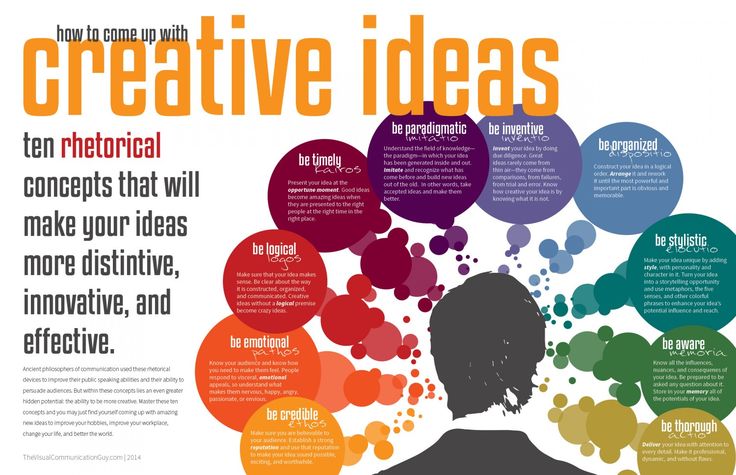 You can also visit a museum or art gallery. If your child is interested in the material he or she is learning, it will be easier to remember it in the future.
You can also visit a museum or art gallery. If your child is interested in the material he or she is learning, it will be easier to remember it in the future.
Make learning more engaging for your child by having discussions about different topics, asking your child what he or she thinks. This encourages students to keep the information in their minds long enough to answer questions about it, helping them develop critical thinking skills while improving memory power.
Encourage your child to use visual aides to help him or her remember information that has been recently read or heard. Create flashcards that include words or images—these can be used for matching exercises or to practise word definitions.
When your child creates his or her own examples by relating it to his or her personal experiences, it makes processing the material much easier. Connecting material in a meaningful way helps your child remember the information.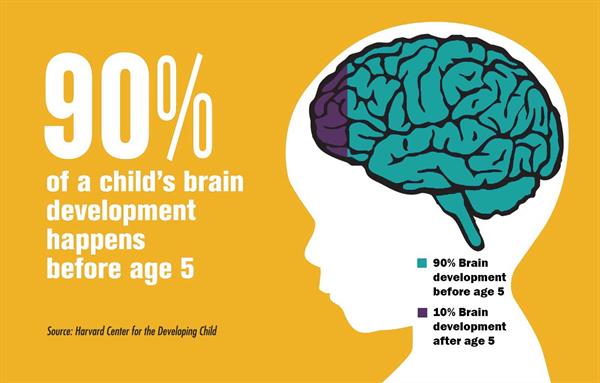
Create a mind map of various ideas and how they relate to each other. Building connections between words and topics helps children actively engage with the material and develop a deeper understanding, which is an important part of memory.
Create a word list and use it to build associations between each of the words and concepts. The more distinct the associations, the easier they’ll be for your child to remember.
Encourage your child to explain the information he or she is learning to you (or a sibling or friend). Make it a challenge to see how much he or she can remember. Then go back and review any of the material your child was unsure about.
Take a multisensory approach to learning by using sight, touch, and sound—read aloud, have a conversation, and use props. This helps engage your child with the material in more than one way, making it easier to connect with the material.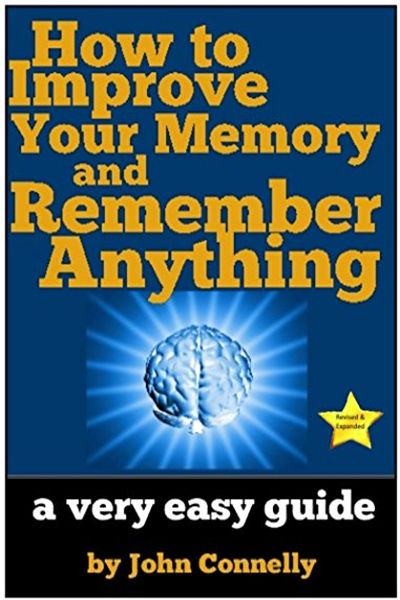
Bite-size amounts of information are easier to remember than tackling a lot of material at once. Start small with the basics and build comprehension from there. Organize the information with headings, lists, and colours to make it easier for your child to recall later.
Use these tips and exercises to help boost your child’s memory so he or she can become an even better learner. For even more memory tips, check out these 5 memory tricks the pros use.
Sitemap
|
|
| What can be done to improve children's memory? The exercises below are often used by kindergarten and elementary school teachers to develop all kinds of memory in children. Counselors at summer camps also often include tricks to improve the memory of children in a set of developmental activities. Practice with your child too. "10 WORDS" Read a list to the child, for example: morning, cow, pilot, skiing, tram, river, painting, ring, gardener, pencil. And then ask him to repeat. If a preschooler of 6-7 years old is able to reproduce 5-6 words, this is a wonderful indicator of short-term memory. Remind him of the words he forgot. And after about an hour, return to the exercise. Now let the child, without prompting, remember everything that he called. Long-term memory is considered very good if the baby remembered at least 7-8 words. REPEAT SOUNDS Invite him to close his eyes and keep them closed for a minute. CICERO'S METHOD, OR EVERYTHING IN THEIR PLACE It consists in mentally arranging the images that need to be remembered in a well-known space - for example, in your own room. Have your child memorize 10 words, for example: umbrella, dragonfly, sea, elephant, candy, garden, crow, saucepan, orange, spoon. And explain how all of the above should be “placed” in the room, so that later it can be easily retrieved from memory: “We will “hang” a large green umbrella on the door handle, we will increase the dragonfly to a gigantic size and “plant” it on a carpet hanging on the wall. Let the sea rage on the TV, the elephant (we will reduce it to the size of a matchbox) will walk under the canopy of a ficus growing on the windowsill. As a result, in order to reproduce the chain of words later, you only have to restore the interior of your native home in your memory. Using this method, you need to follow the rule: it is better to increase small objects to large sizes, and reduce large ones (which we did with the elephant and dragonfly) "10 PICTURES" Take 10 pictures of various objects. Let the child look at them, and after 30 seconds name what they managed to remember. 6-7 pictures out of 10 is an excellent result for a 6-7 year old. Then show those pictures that he forgot about. And after an hour, ask to remember all the images. You can talk about excellent indicators of long-term memory if 7 or more pictures are named. FIND 10 Differences Good results for improving the memory of children can be brought by regularly performed tasks from the series “What has changed in the picture?”, “Find two identical objects”, etc. It is especially developed in those who have lost their sight. But it can and should be trained by everyone. We remember the sensations we experience when we touch something. Take several objects with different surfaces - wood and metal, warm and cold, smooth and rough. Invite the child to close his eyes, touch them, and then let him try to guess what he has in his hands WRITING A STORY Another way to remember as many words, pictures or objects as possible is to come up with a story with their participation, a coherent story, where each of the elements is assigned a role. Suppose a child has a row of cards laid out in front of a child, which depicts a cat, a book, an orange, a month, a bed, a mouse, a hat, etc. The story of the baby may be as follows: “The cat was reading a book on one of the pages of which an orange was drawn. Evening came, a month appeared in the sky. Performing this exercise, you must take into account that the words must be linked together in order. And one more thing: the more incredible and funny the story turned out, the more likely it is that the child will reproduce all the given words. WONDERFUL TRANSFORMATIONS Do you remember the cartoon about the plasticine crow that turned into a cow, a dog, a janitor and two ostriches - good and evil? The mnemonic technique that will be discussed is based on the same principle. Name the first word and ask the child to mentally “turn” it into something. An object or creature can grow ears, paws, a tail ... In his imagination, the baby is allowed to change its shape, size, color in every possible way, just as if he were creating different figures from a large lump of plasticine. For example, the first word is "pencil". Suddenly it begins to stretch, becomes soft, flexible, very thin. BTW Wolfgang Amadeus Mozart had a phenomenal auditory memory. As a 14-year-old teenager, he somehow ended up in St. Peter's Basilica in Rome, where beautiful organ music sounded, the notes of which were kept secret. Arriving home, the young musician wrote down the work he heard from memory. And as it turned out later, he did not make a single mistake! And the visual memory of the French artist Gustave Dore was also amazing - the painter could easily write an exact copy of the picture he had seen only once. |
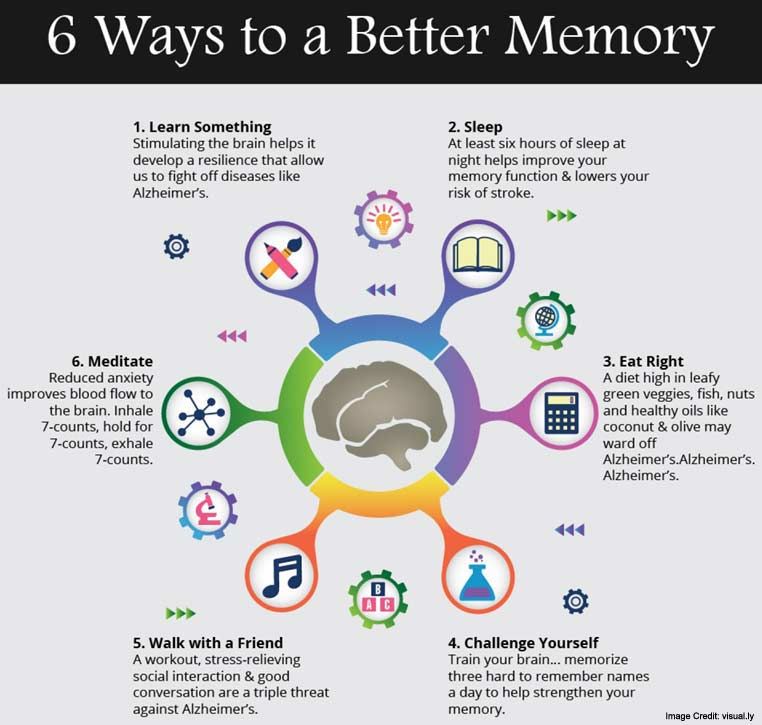 He gets up especially sharply with the arrival of the baby in school, where it is required to memorize large amounts of information.
He gets up especially sharply with the arrival of the baby in school, where it is required to memorize large amounts of information.  Your task is to make a series of sounds: rustle a newspaper, knock a spoon against the wall of a cup, snap your fingers, ring a bell ... Ask the child to repeat the sounds you made in the order in which he heard them.
Your task is to make a series of sounds: rustle a newspaper, knock a spoon against the wall of a cup, snap your fingers, ring a bell ... Ask the child to repeat the sounds you made in the order in which he heard them. 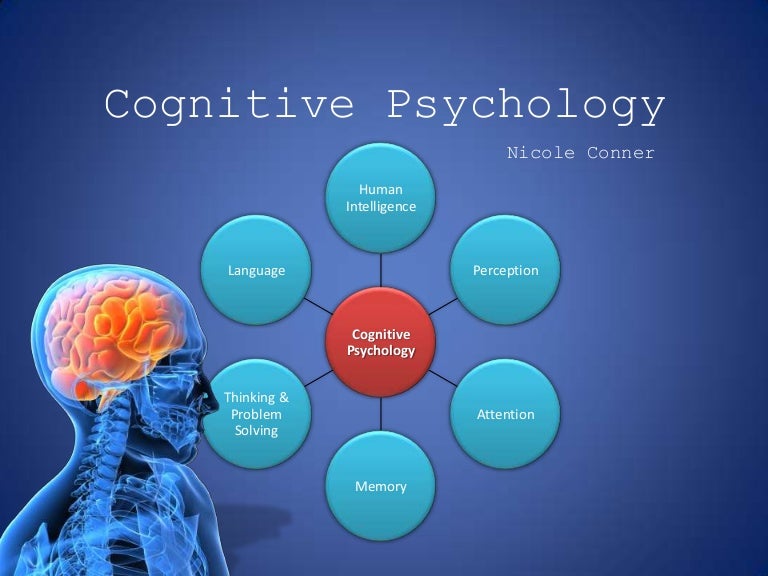 We will “place” a huge candy in a bright wrapper on the balcony - it is so large that it barely fits there. Blooming garden "break" on the floor. Let's put the crow on the chandelier.
We will “place” a huge candy in a bright wrapper on the balcony - it is so large that it barely fits there. Blooming garden "break" on the floor. Let's put the crow on the chandelier. 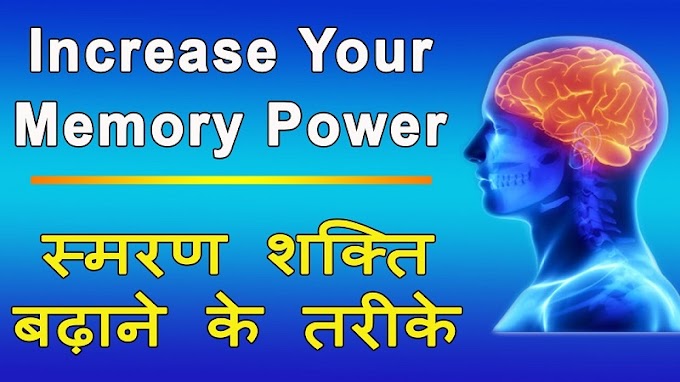 They can be easily found in educational books and children's magazines.
They can be easily found in educational books and children's magazines.  The cat wanted to sleep, she went to her bed and fell asleep. In her dream she saw a mouse in a hat.
The cat wanted to sleep, she went to her bed and fell asleep. In her dream she saw a mouse in a hat. 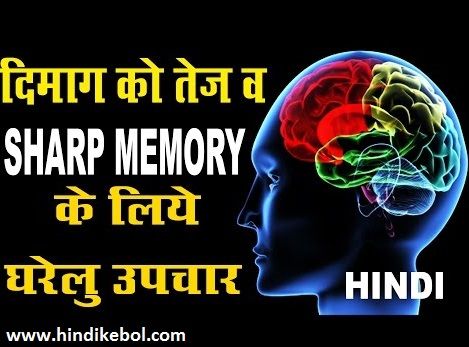 Then it twists, folds - and now we have a ball of threads in front of us, from which needles begin to grow. The ball comes to life and turns into a hedgehog. Depending on age, from 10 to 20 miraculous transformations can be performed, after which the young wizard will have to remember the whole series of words: pencil, ball, hedgehog, etc. If everyone is easily named, it is necessary to complicate the task - make the next chain 3 longer 4 elements.
Then it twists, folds - and now we have a ball of threads in front of us, from which needles begin to grow. The ball comes to life and turns into a hedgehog. Depending on age, from 10 to 20 miraculous transformations can be performed, after which the young wizard will have to remember the whole series of words: pencil, ball, hedgehog, etc. If everyone is easily named, it is necessary to complicate the task - make the next chain 3 longer 4 elements. 



